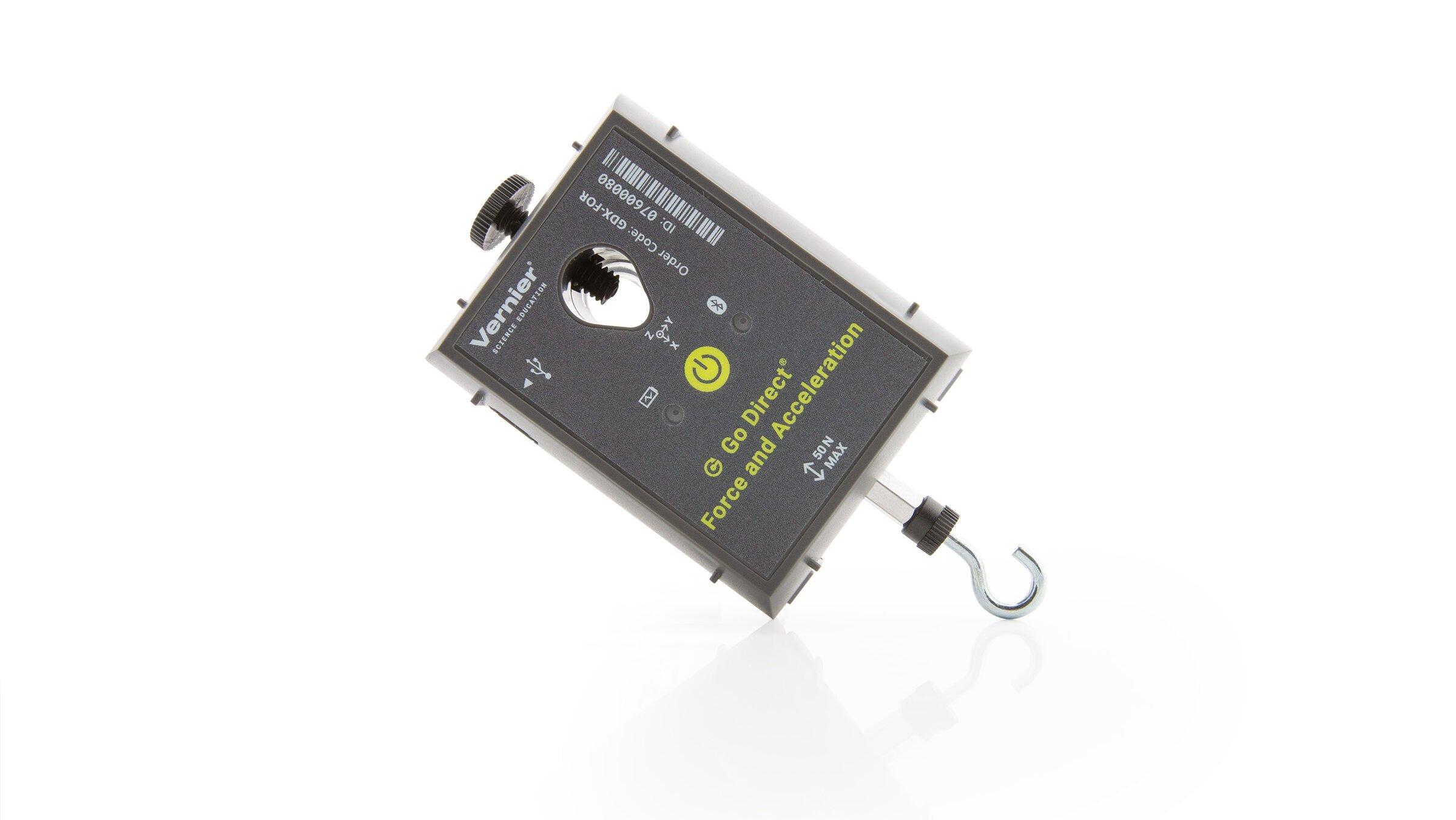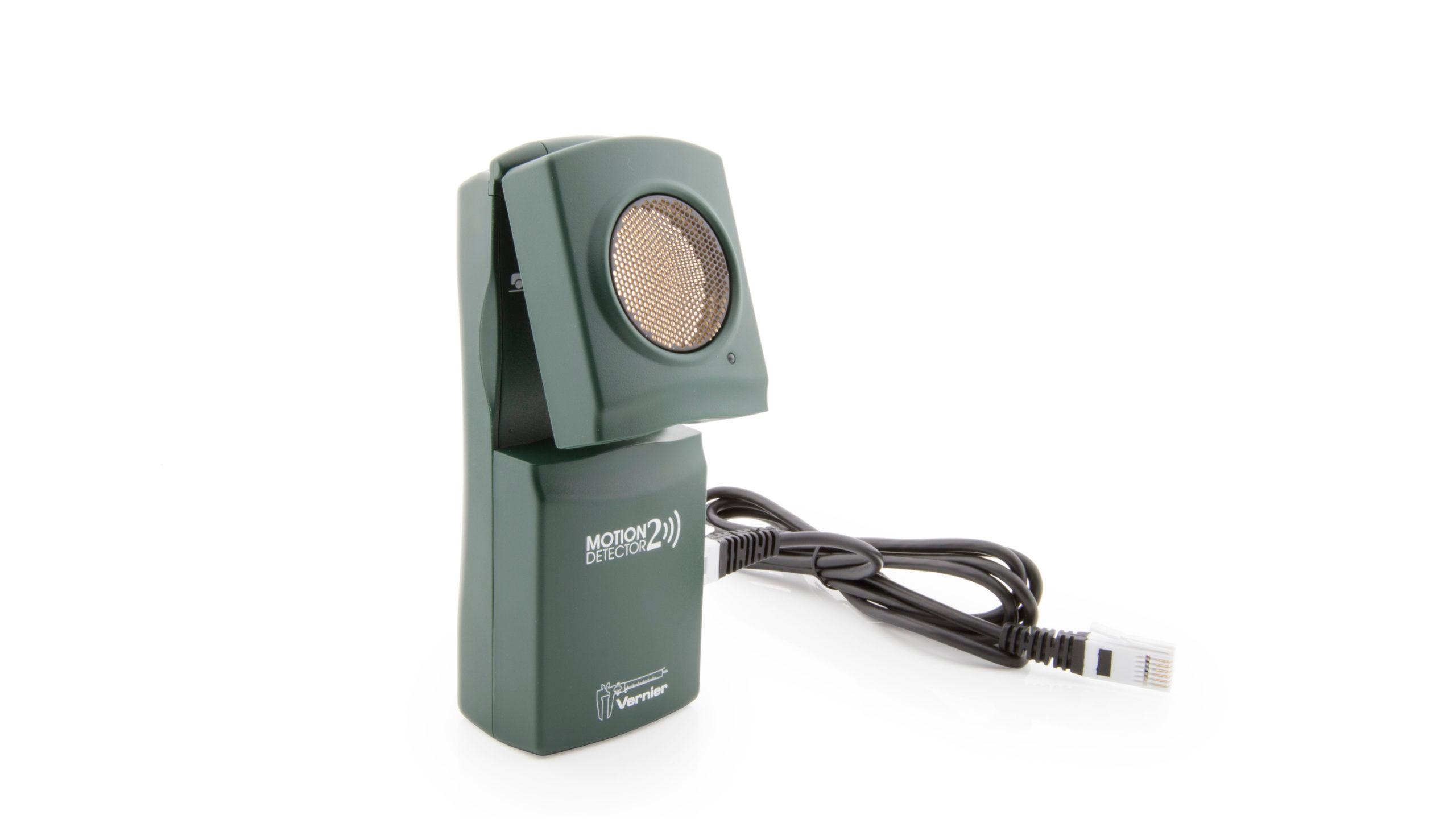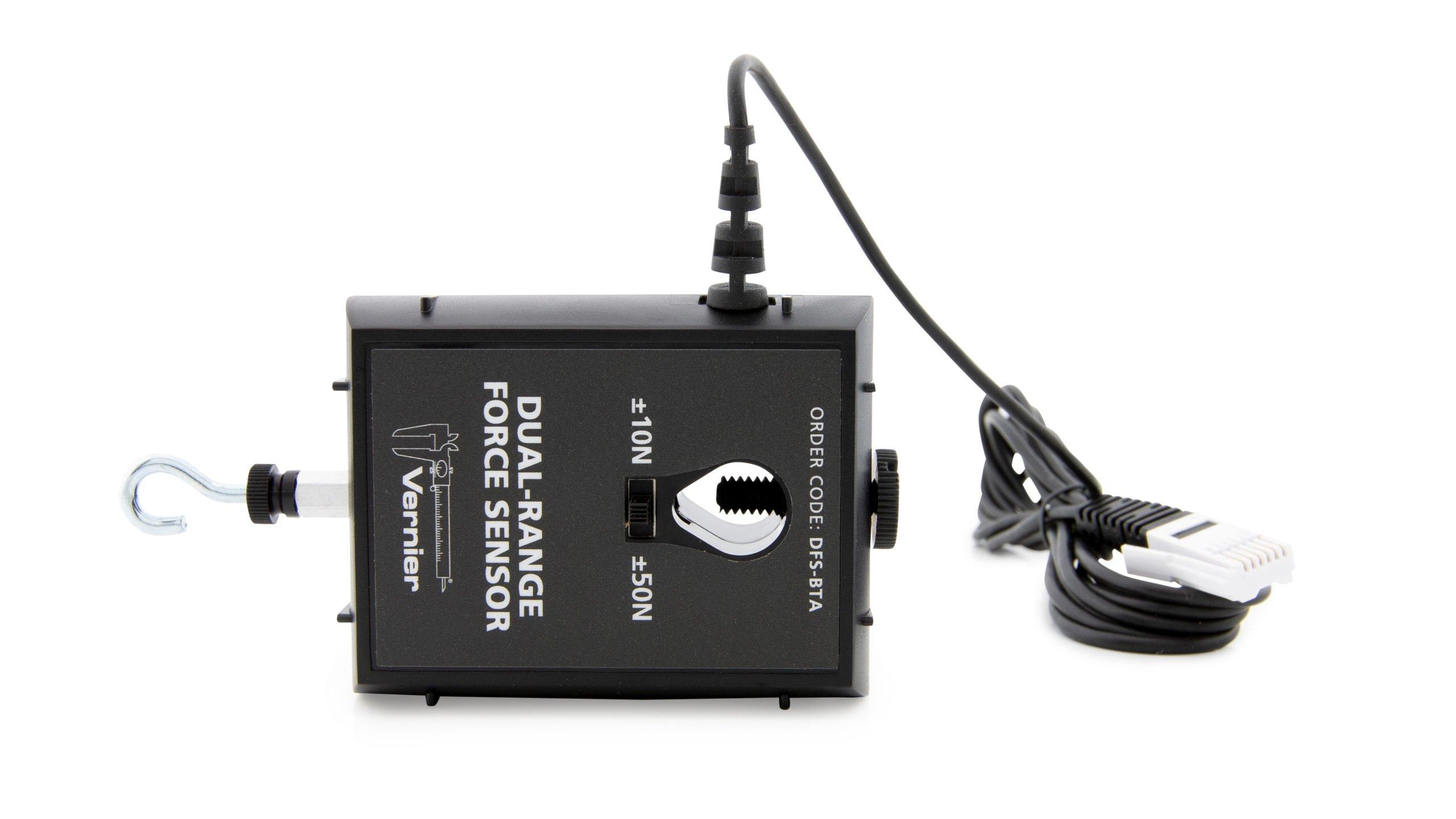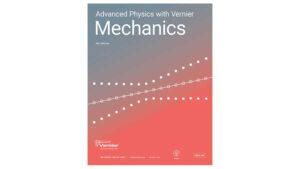Kinematics and Dynamics of Simple Harmonic Motion
Experiment #16 from Advanced Physics with Vernier — Mechanics
- Subject
- Physics
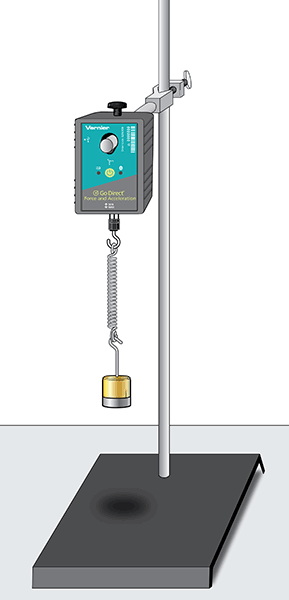
Introduction
When you suspend an object from a spring, the spring will stretch. If you pull on the object, stretching the spring some more, and release it, the spring will provide a restoring force that will cause the object to oscillate in what is known as simple harmonic motion (SHM). In this experiment, you will examine this kind of motion from both kinematic and dynamic perspectives.
Objectives
In this experiment, you will
- Collect position vs. time data as a weight, hanging from a spring, is set in simple harmonic motion (SHM).
- Determine the best-fit equation for the position vs. time graph of an object undergoing SHM.
- Define the terms amplitude, offset, phase shift, period and angular frequency in the context of SHM.
- Predict characteristics of the corresponding velocity vs. time and acceleration vs. time graphs, produce these graphs and determine best-fit equations for them.
- Relate the net force and acceleration for a system undergoing SHM.
Sensors and Equipment
This experiment features the following sensors and equipment. Additional equipment may be required.
Ready to Experiment?
Ask an Expert
Get answers to your questions about how to teach this experiment with our support team.
- Call toll-free: 888-837-6437
- Chat with Us
- Email support@vernier.com
Purchase the Lab Book
This experiment is #16 of Advanced Physics with Vernier — Mechanics. The experiment in the book includes student instructions as well as instructor information for set up, helpful hints, and sample graphs and data.


